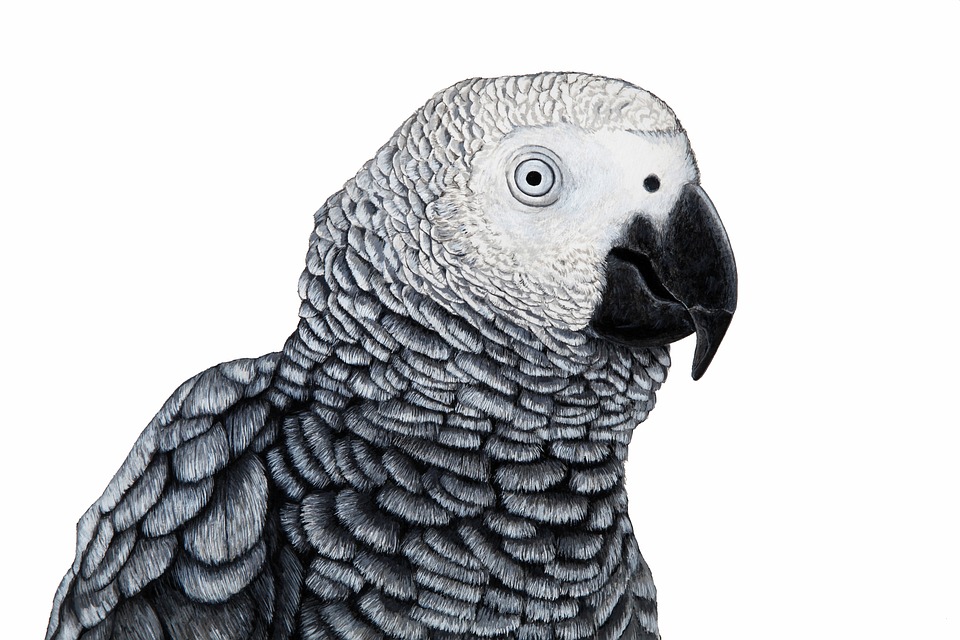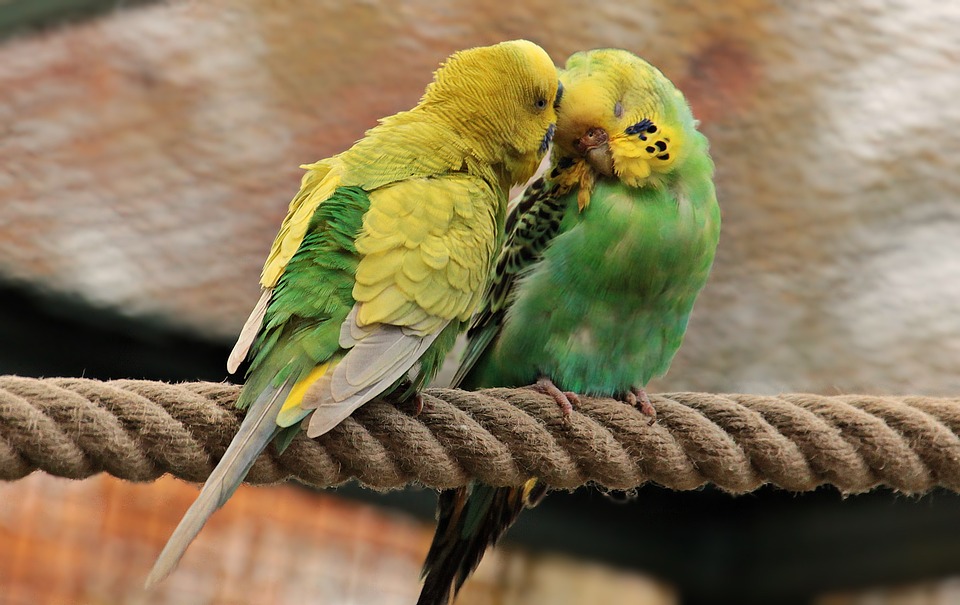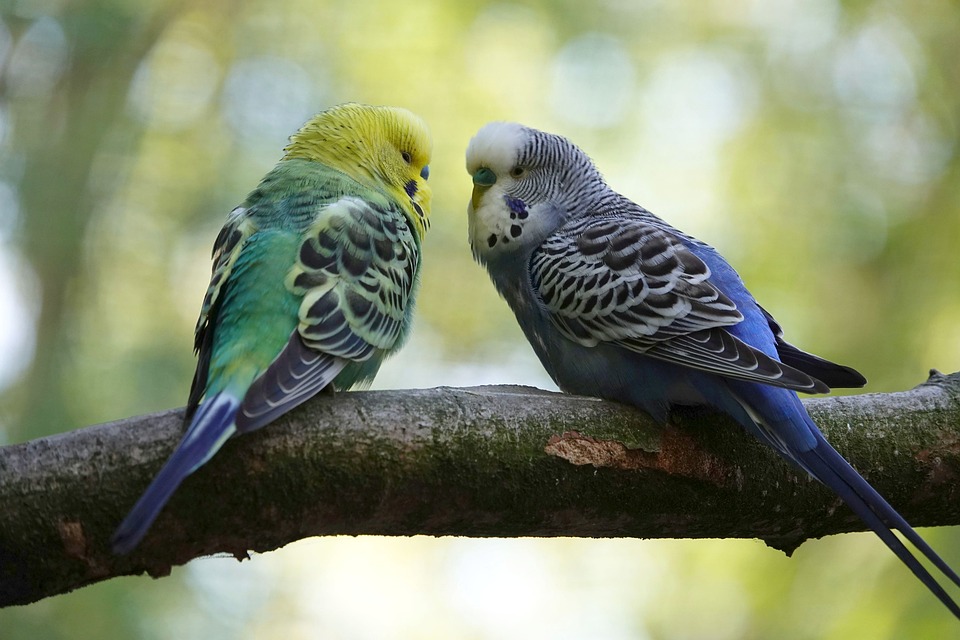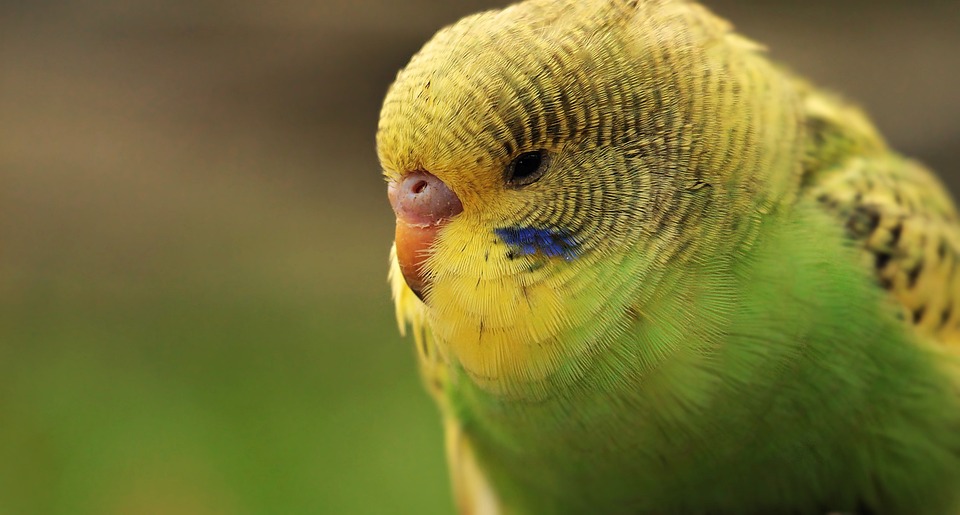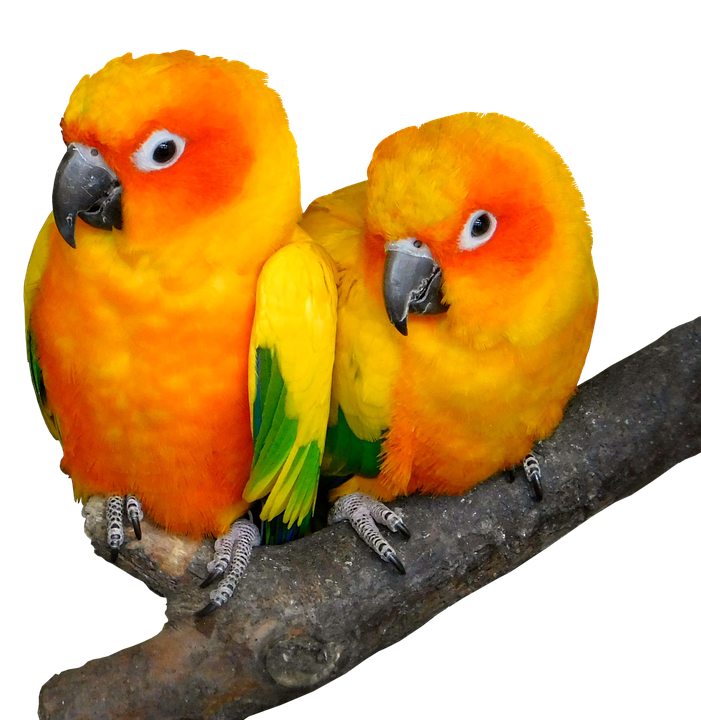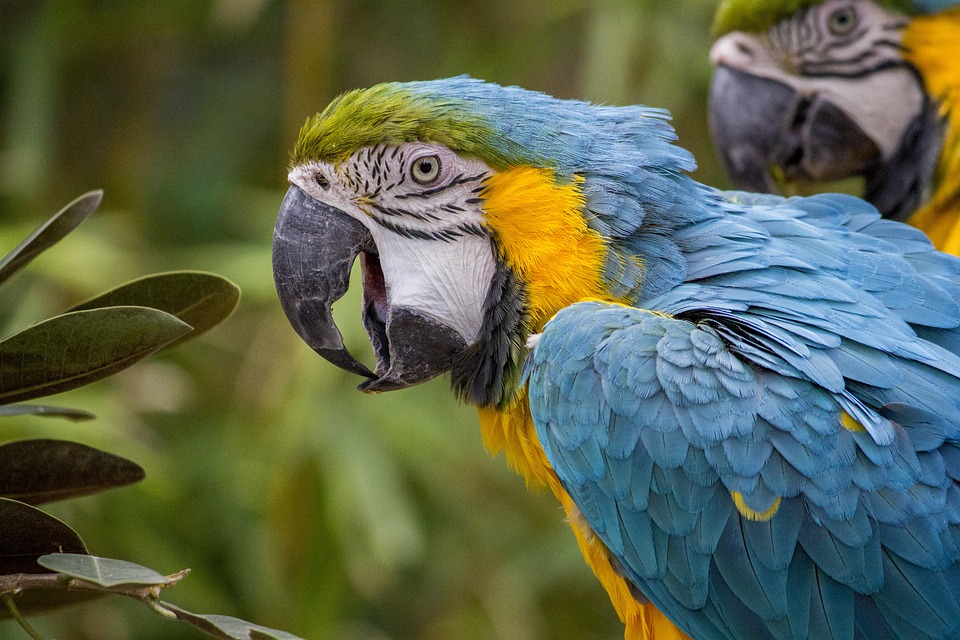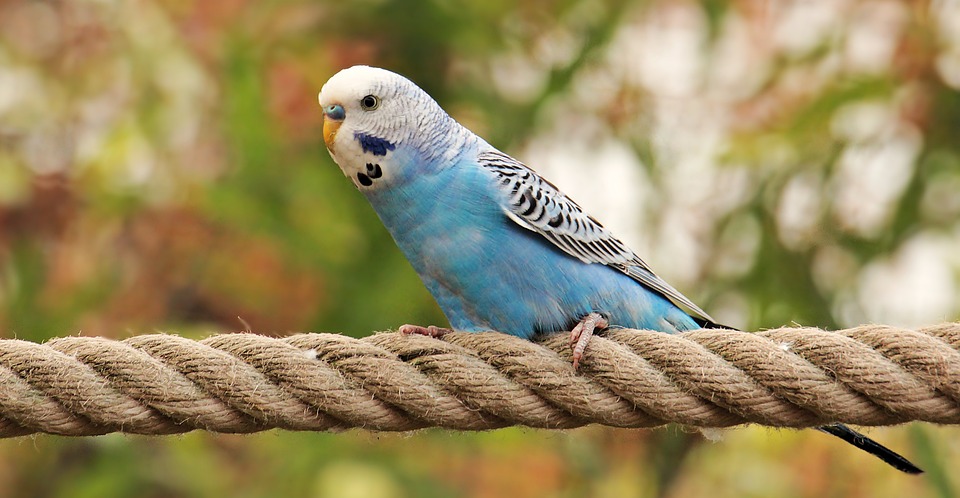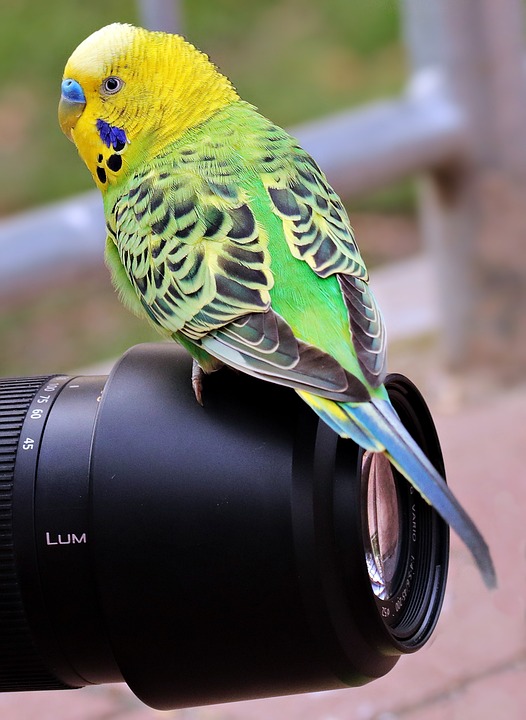Territorial aggression is a common issue that parrot owners may face. It can manifest in various ways, such as biting, screaming, or lunging, and can be challenging to manage. However, by understanding the underlying causes and implementing effective strategies, parrot owners can discourage excessive territorial aggression in their feathered companions.
In order to address territorial aggression, it is important to first understand what it is. Territorial aggression occurs when a parrot perceives a specific space or object as its own and becomes defensive and aggressive towards anyone or anything that encroaches upon that perceived territory. This behavior is rooted in a parrot’s natural instinct to protect its resources and secure its space.
Several factors can contribute to territorial aggression in parrots. These include hormonal imbalances, lack of socialization, fear or anxiety, and inadequate physical or mental stimulation. It is crucial for parrot owners to recognize the signs of territorial aggression, such as biting, lunging, hissing, or displaying territorial displays like wing flapping or raising their feathers.
To discourage territorial aggression, there are several effective strategies that parrot owners can employ. Firstly, providing a spacious and stimulating environment is essential. Parrots need plenty of space to move around and explore, as well as toys and activities that keep them mentally engaged. This can help reduce frustration and redirect their energy in a positive way.
Establishing a consistent routine and setting clear boundaries is also crucial. Parrots thrive on predictability, so creating a structured daily routine can help them feel secure and minimize stress. Additionally, setting boundaries by using cues and commands can reinforce the idea that certain spaces or objects are off-limits.
Positive reinforcement training is another effective strategy. By rewarding desired behaviors, such as staying calm or stepping up onto a perch, parrots can learn that displaying territorial aggression is not rewarded. Consistency and patience are key when implementing this type of training.
Implementing environmental enrichment techniques is also important. Parrots should have access to a variety of toys, perches, and foraging opportunities to keep their minds stimulated and prevent boredom.
Proper nutrition and healthcare are essential for a parrot’s overall well-being. A balanced diet and regular veterinary check-ups can help ensure that any underlying health issues are addressed, which can contribute to territorial aggression.
If despite implementing these strategies, the territorial aggression persists, it may be necessary to seek professional guidance. An avian behaviorist or veterinarian with experience in parrot behavior can provide specialized advice and develop a behavior modification plan tailored to the individual parrot’s needs.
In the FAQ section of this article, common concerns about territorial aggression in parrots are addressed. Questions regarding the time it takes to discourage this behavior, the effectiveness of neutering or spaying, parrot species prone to territorial aggression, and the possibility of complete resolution of this behavior are answered. Additionally, concerns about introducing a new parrot, natural remedies or supplements, the use of punishment, the link between territorial aggression and health issues, preventing aggression during breeding season, and the effectiveness of professional behavior modification programs are also addressed.
In conclusion, discouraging excessive territorial aggression in parrots requires an understanding of the behavior, implementing effective strategies, and providing a stimulating environment. By following the suggestions outlined in this article and seeking professional assistance when needed, parrot owners can help their feathered companions lead happier, healthier lives. It is important to remember that addressing territorial aggression requires patience and consistency, and each parrot may respond differently to the strategies employed. With time and effort, parrot owners can create a harmonious and peaceful environment for their beloved birds.

